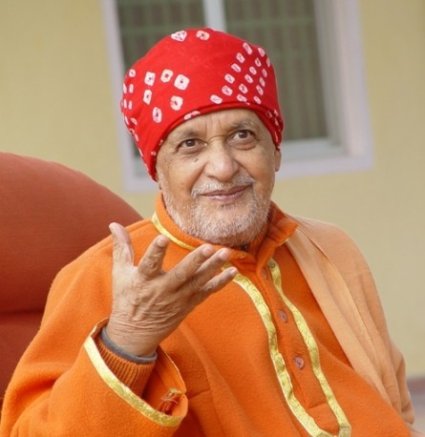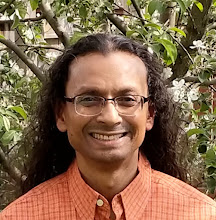In this video I describe and demonstrate a somewhat new technique I've been working on that I'm calling the Golden Age Kriya. I have two versions: a beginner version and an advanced version. The beginner version is essentially my interpretation of Paramahamsa Nithyananda's eN-Kriya technique, and the advanced version takes the beginner version and incorporates Swami Satyanada's Kundalini Kriyas.
In Swami Satyananda's Satsang on Kriya Yoga, he makes the following two points:

Well, when you are practising all seventeen, they should be practised in the same order, at least for a few months. But after that, if you want to design your own course, then you can change the sequence.
If you have time enough to practise all seventeen, then do so, but if you are short of time, then you should consider maha mudra, maha bheda mudra and naumukhi to be the most important. After practising these three, if you find that you still have time, you can practise vipareeta karani mudra, and if you have more time still, you can practise shakti chalini.
I have more or less done what he says with the advanced version of the Golden Age Kriya. Here are the seven steps:
- Step 1: Nadi Shodhana
- Step 2: Bhastrika
- Step 3: Samana Kriya (beginner)
- Step 3: Maha Mudra and Maha Bheda Mudra (advanced)
- Step 4: Samburi Mudra (beginner)
- Step 4: Naumukhi Mudra and Shakti Chalini (advanced)
- Step 5: Maha Mantra (beginner)
- Step 5: Nada Sanchalana (advanced)
- Step 6: Shakti Dharana
- Step 7: Swasti Mantra
For a detailed description of each step in the beginner practice, please see my post on eN-Kriya (part 3).




